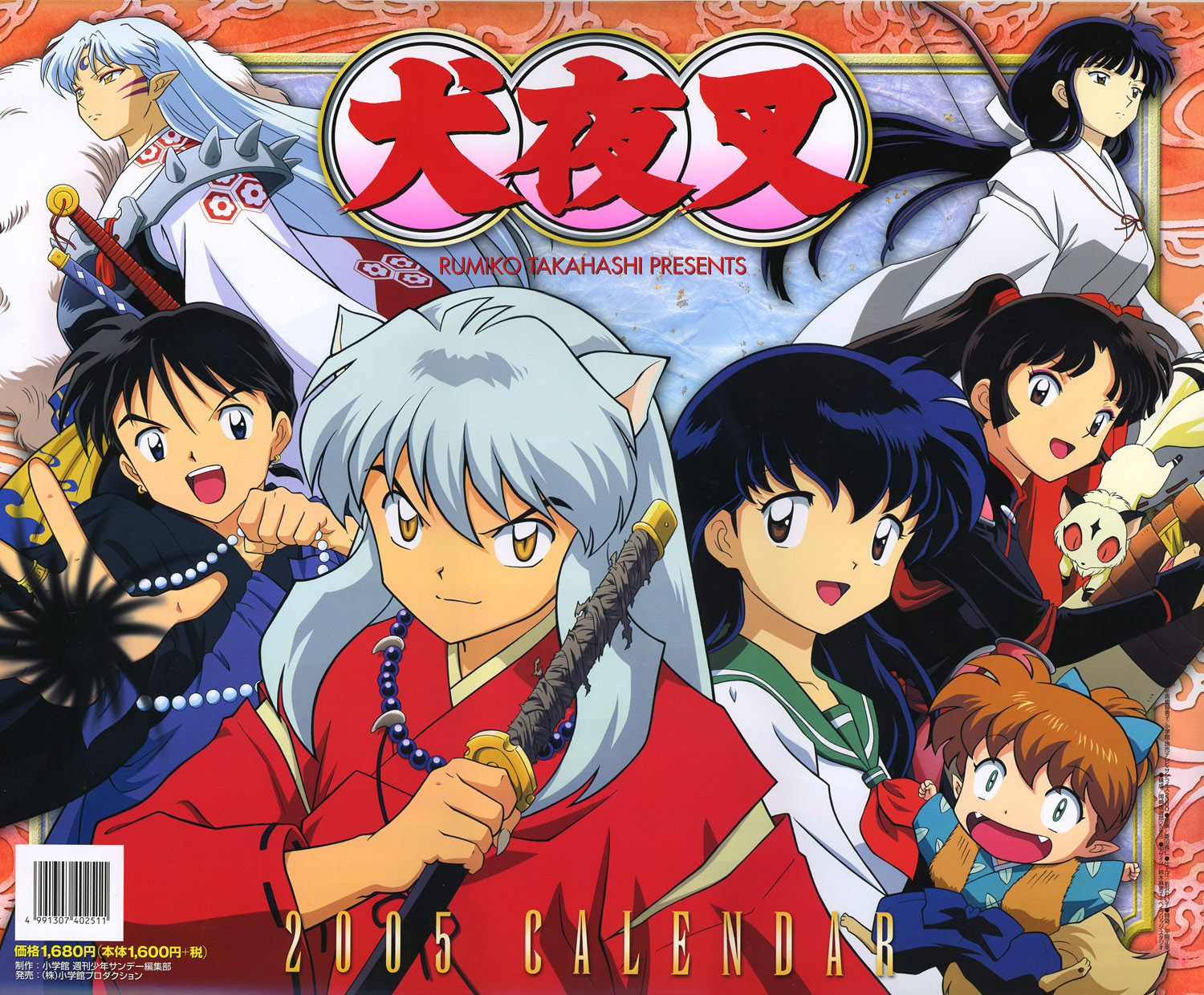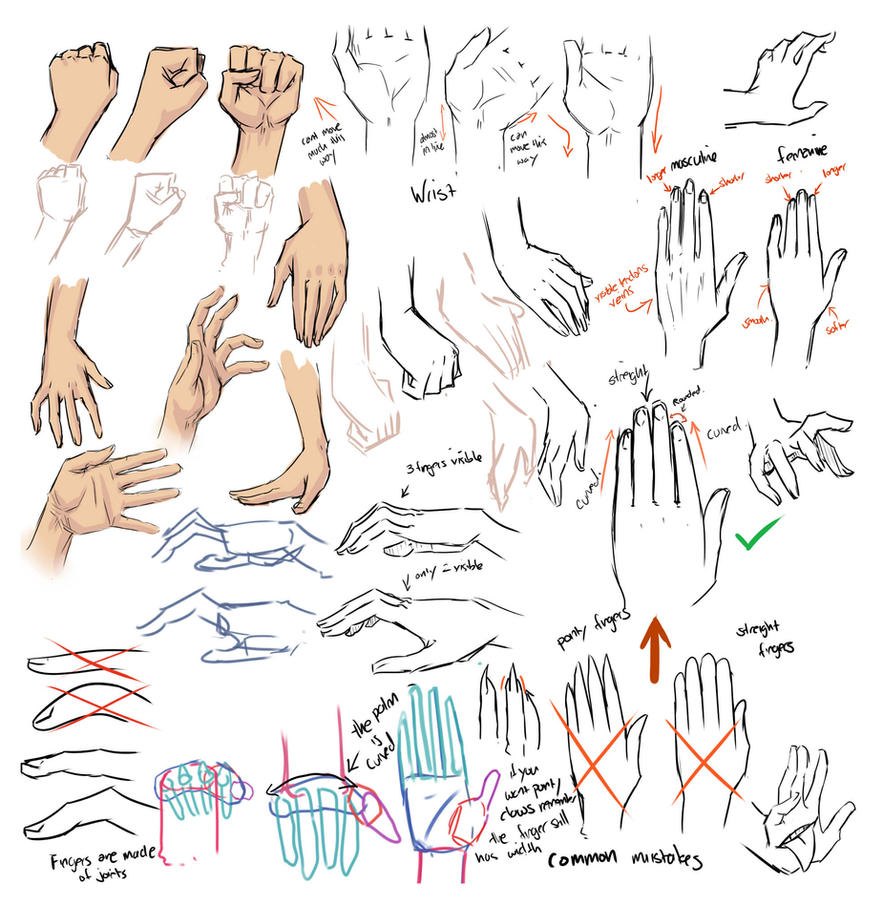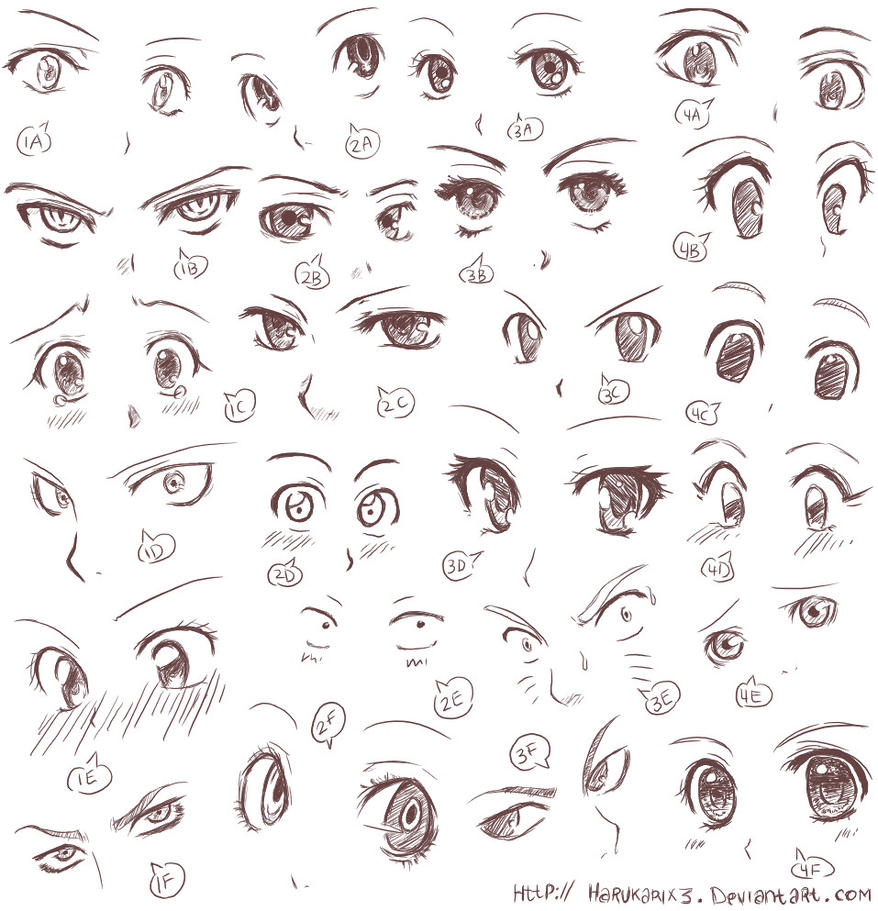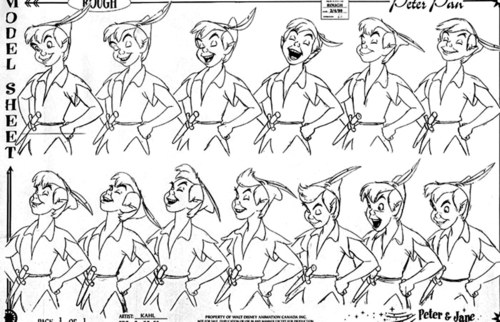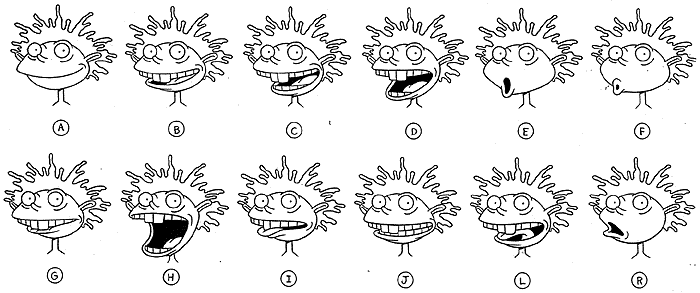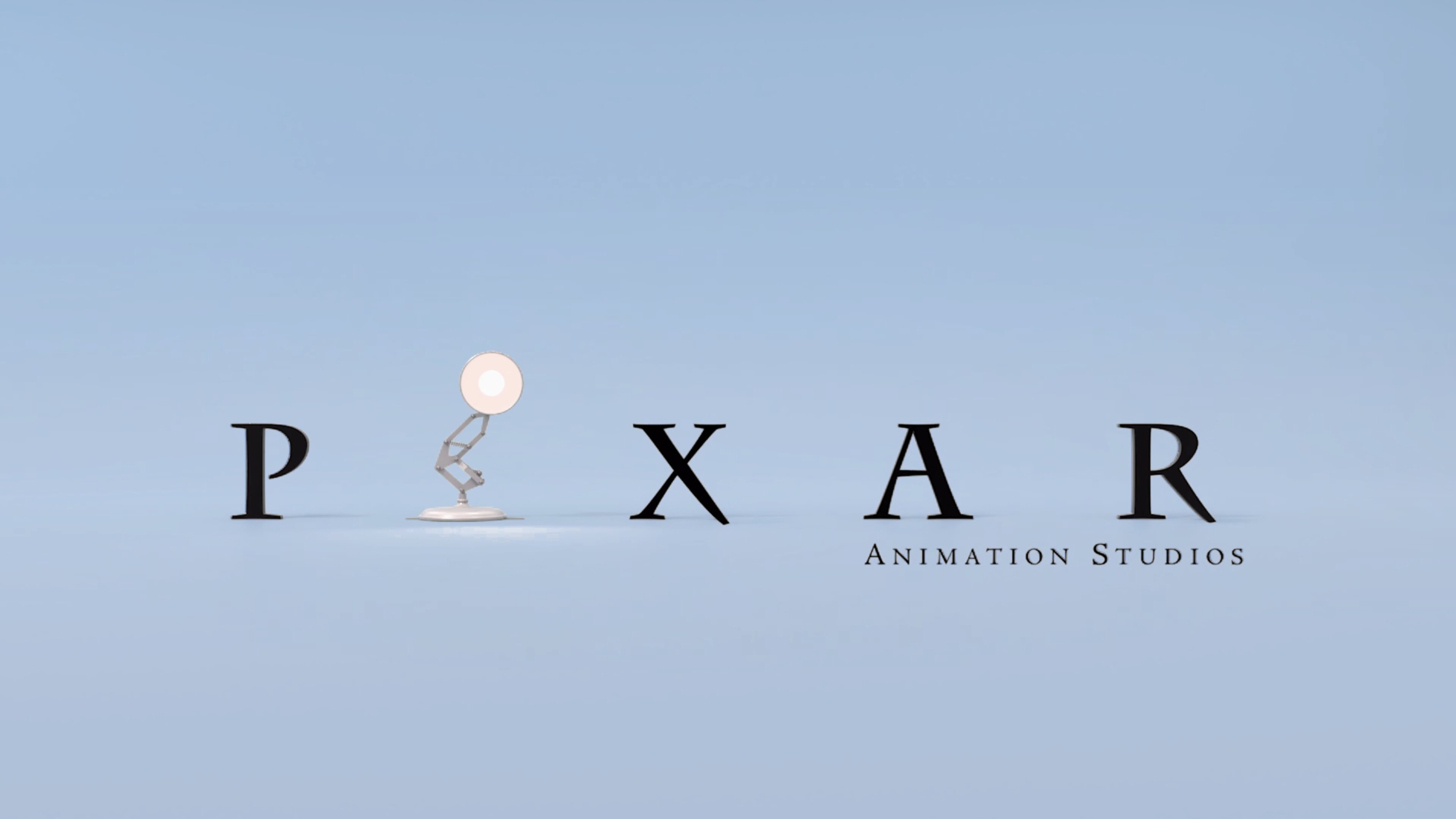 |
| P I X A R (Animation Studios) |
The studio is best known for its CGI-animated feature films created with PhotoRealistic RenderMan, Pixar has produced fourteen feature films, beginning with Toy Story in 1995. Thirteen of the films have received both critical and financial success, with the notable exception being Cars 2, which, related and made successful, received greatly less praise than Pixar's other productions.
All fourteen films have first showing with Cinema Score ratings of at least "A-", shows a very positive reception with audiences. The studio has also produced more than short films.
July 2013, its feature films have made over $8.3 billion worldwide, with an centre worldwide gross of $597 million per film. Both Finding Nemo and Toy Story 3 are among the 50 highest-large films of all time, and all of Pixar's films are among the 50 highest-out size animated films, with Toy Story 3 being the all-time highest, immense over $1 billion worldwide.
(Film characters)








